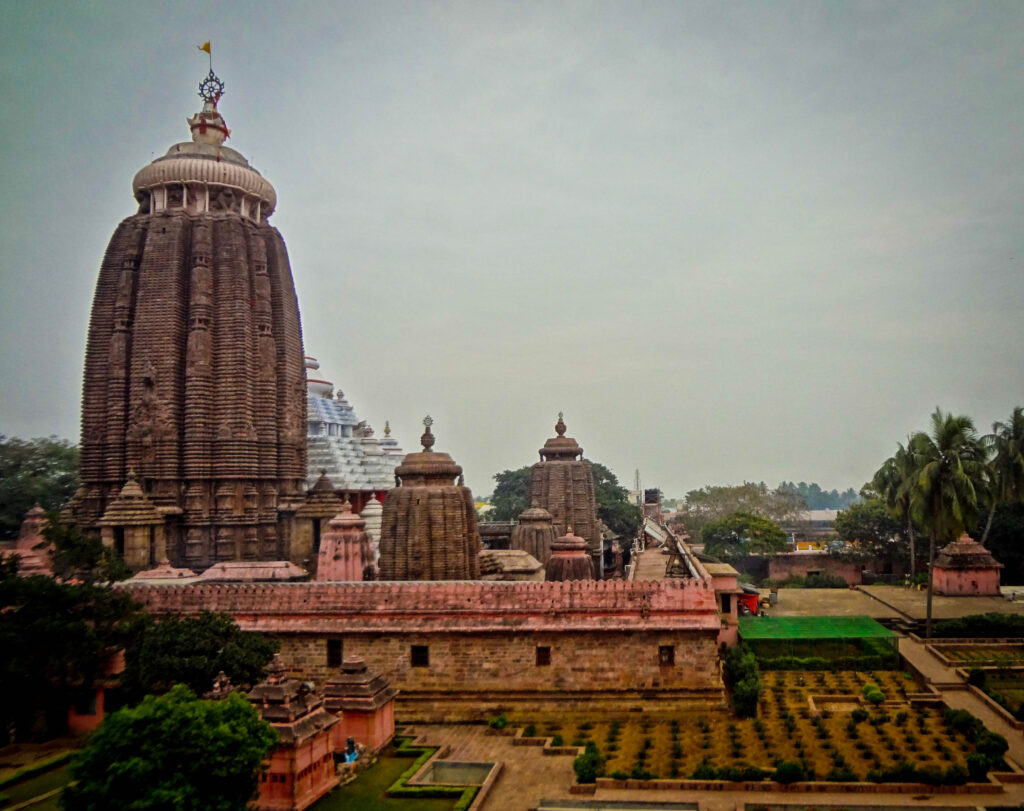In a momentous occasion steeped in religious significance, the Ratna Bhandar (sacred treasury) of the Puri Jagannath Temple in Odisha, India, has been opened after a span of years. This event marks a rare occurrence, awaited with anticipation by devotees and historians alike.
The Puri Jagannath Temple, one of the holiest sites in Hinduism, houses invaluable treasures that have been safeguarded through centuries. The last time the Ratna Bhandar was accessed dates back to , making this recent unsealing a significant chapter in the temple’s storied history. According to temple authorities, the decision to open the treasury was made after careful consideration of its structural integrity and the need for preservation of its ancient artifacts.
Devotees from across India and beyond have been following updates on this event with fervent interest, viewing it as a rare opportunity to witness the relics and treasures housed within the temple’s confines. The Ratna Bhandar is believed to hold a vast collection of gold and silver ornaments, precious stones, and ceremonial objects that are deeply intertwined with the temple’s rituals and mythology.
The ritual associated with the opening of the treasury involved a ceremonial procession of priests and officials, adhering to strict protocols and rituals laid down over centuries. Special prayers and offerings were made to seek blessings for the well-being and prosperity of all devotees.
The decision to open the Ratna Bhandar was not taken lightly, considering the temple’s historical significance and the sacred nature of its contents. It involved meticulous planning and consultations with experts in archaeology and heritage conservation to ensure the preservation of the artifacts and the structural integrity of the treasury itself.
The event has sparked discussions among scholars and historians about the cultural and historical significance of the Puri Jagannath Temple and its treasures. Each artifact within the treasury is a testament to the rich cultural heritage of Odisha and the enduring legacy of the temple’s patronage over centuries.
For devotees, the unsealing of the Ratna Bhandar represents more than just a glimpse into history; it is a reaffirmation of their faith and devotion to Lord Jagannath, the presiding deity of the temple. The temple, renowned for its annual Rath Yatra or chariot festival, holds a special place in the hearts of millions of Hindus worldwide.
As the news of the Ratna Bhandar’s opening reverberates through the religious and cultural landscape, it serves as a poignant reminder of the enduring traditions and spiritual significance associated with India’s ancient temples. The event has drawn attention not only for its religious importance but also for its implications for the preservation and study of India’s cultural heritage.
The unsealing of the Ratna Bhandar at the Puri Jagannath Temple marks a significant milestone in the temple’s history, resonating deeply with devotees and scholars alike. It underscores the temple’s role as a custodian of centuries-old traditions and artifacts, ensuring their preservation for future generations to cherish and admire.




 Tier 1 Cities Dominate In Blue-Collar Gig Job Opportunities: Report
Tier 1 Cities Dominate In Blue-Collar Gig Job Opportunities: Report 